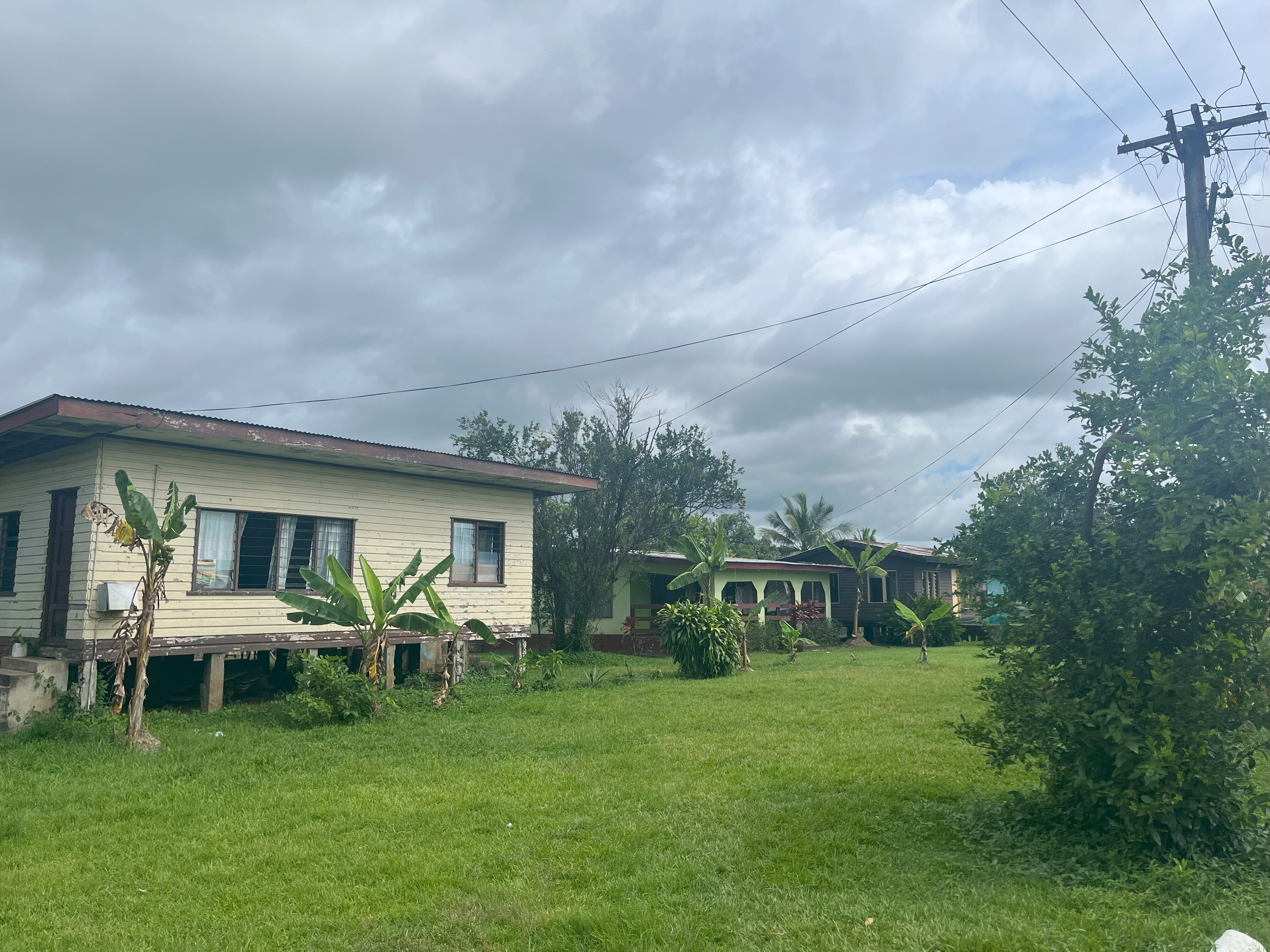3 things you probably didn't know about Davos

A Davos rooftop: flat, unlike the usual Alpine style - and it's all because of the city's sanatorium history Image: REUTERS/Arnd Wiegmann
Every year, the small, unassuming Swiss mountain city of Davos morphs into the setting for a gathering of global leaders and luminaries. CEOs and social entrepreneurs slither on icy pavements; news cameras beam broadcasts of Prime Ministers and Presidents to the world.
But away from the annual glare of publicity, Davos has a hidden history of culture and cooperation. Here are some of the lesser known facts about Davos the place, as well as the World Economic Forum’s Annual Meeting.
1. Davos is high. Very high. At 1,560 metres it's the highest city in Europe, and its location is inextricably linked to its history, culture and character. The dry Alpine air established Davos as a setting for sanatoriums in the nineteenth century, offering some respite to TB sufferers before the age of antibiotics. Nobel Prize-winning writer Thomas Mann set his novel Der Zauberberg, or The Magic Mountain, in Davos, drawing on his experience accompanying his wife to a sanatorium.
In the author's own words: "If I have one wish for the posthumous fame of my work, it is let it be said that it encaptures a zest for life, even though it was the product of death."
Bonus fact: The roofs of Davos are flat rather than sloped in the traditional chalet style because in the sanatorium age, architects designed large, light-filled rooms to treat ailing patients. The roofs actually incline slightly towards the middle, allowing snow to melt and drip through a central gutter, once providing drinking water.
2. The creator of Sherlock Holmes was a Davos ski pioneer. Arthur Conan Doyle, the British author best known for his pipe-smoking sleuth, also spent time in Davos with his tubercular wife. Not much given to rest and relaxation, he was one of the earliest British proponents of Alpine skiing - now a mainstay of the local economy. In 1894, he completed an audacious ski tour across a high mountain pass from Davos to Arosa, clad in tweed and using equipment some may now call elementary.
The sanatoriums may have long since shut down or turned into hotels for hale and healthy tourists, but the connection between Davos and culture continues to this day. Every year, the World Economic Forum honours artists who make a positive impact on the world with the Crystal Awards. This year's winners, as pictured below, are the conductor Marin Alsop; Haifaa Al-Mansour, Saudi's first female film director; and the broadcaster Sir David Attenborough.

3. The World Economic Forum first came to Davos in 1971. Back then, it was known as European Management Symposium, it lasted two weeks, and the world looked very different.

Professor Klaus Schwab, Founder and Executive Chairman of the World Economic Forum, pioneered multistakeholder theory: the idea that business should behave responsibly to everyone affected by its activities. This has guided Davos ever since, as it expanded to include leaders from every sphere of society, from social entrepreneurs to civil society activists.
Snowy, remote Davos was first chosen as a location so that participants would feel relaxed enough to speak frankly, in an atmosphere of mutual respect and cooperation. This became known as the “Davos Spirit,” and is still the hallmark of all Forum gatherings.

From the oil crisis to the collapse of communism, from the rise of China to the echoes of #metoo, the major trends in recent world history have played out in Davos.
The image below captures a key moment marking the end of apartheid. South African State President Frederik de Klerk shared a stage with Nelson Mandela in 1992, dismantling the system that stripped black South Africans of their rights. A former political prisoner, Mandela attended subsequent meetings in Davos, seizing the opportunity to rebuild South Africa's economy after the injustices of the past.

Don't miss any update on this topic
Create a free account and access your personalized content collection with our latest publications and analyses.
License and Republishing
World Economic Forum articles may be republished in accordance with the Creative Commons Attribution-NonCommercial-NoDerivatives 4.0 International Public License, and in accordance with our Terms of Use.
The views expressed in this article are those of the author alone and not the World Economic Forum.
Stay up to date:
Global Governance
Forum Stories newsletter
Bringing you weekly curated insights and analysis on the global issues that matter.
More on Global CooperationSee all
Noelia Garcia Nebra
November 18, 2025








